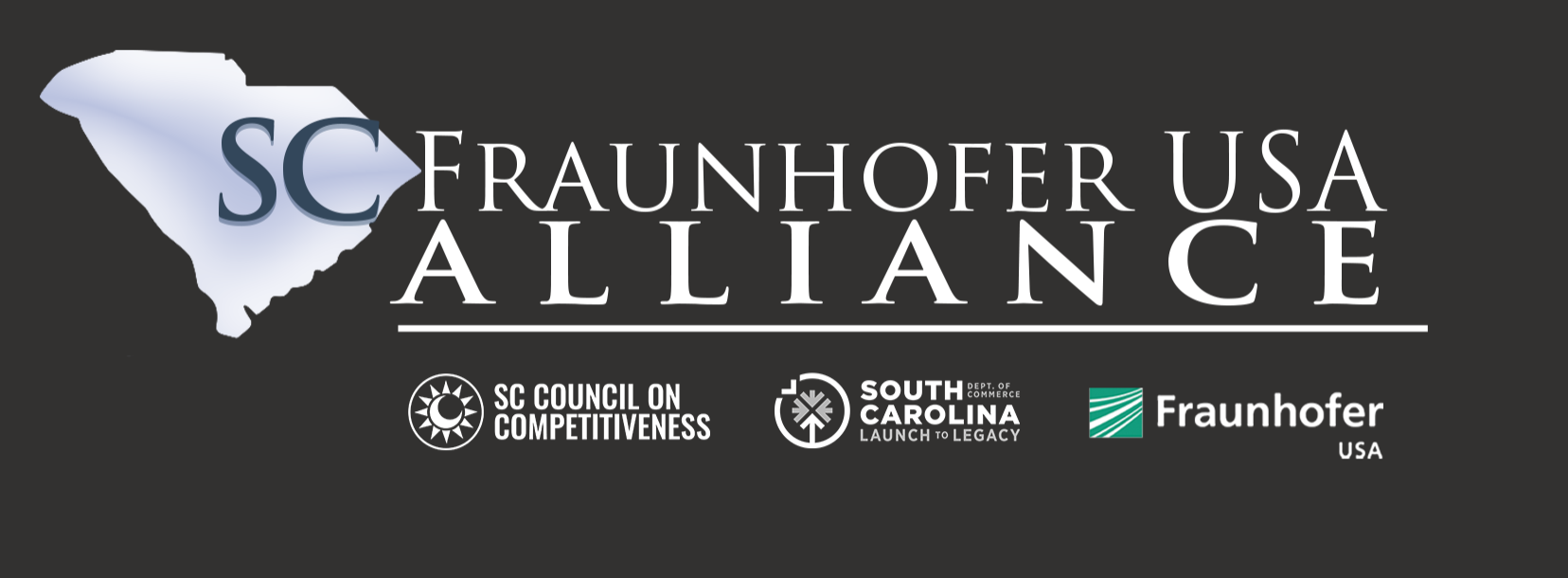Transatlantic Collaboration

The South Carolina Fraunhofer USA Alliance (SCFUSA) is a collaborative effort between SC Competes, the South Carolina Department of Commerce, and Fraunhofer USA. The alliance was created to advance applied research across the state of South Carolina with Fraunhofer USA and South Carolina research institutions.
In 2022 the South Carolina Fraunhofer USA Alliance Review Board co-funded an applied research project (led by the University of South Carolina and supported by Fraunhofer USA) focused on advancing Greenville-based Soteria Battery Innovation Group’s (BIG) effort to improve separator compatibility within Lithium (Li) metal batteries.
Soteria is a technology licensing company that chooses to work with many companies in a consortium-style format. Therefore, a great deal of business development is required as Soteria encourages new businesses to join, evaluate materials, etc. Presently, many businesses focused on Li-metal chemistries can’t fully evaluate the separator technology in their products due to the incompatibility. This project addresses this by generating a scientific understanding of the separator/Li metal incompatibility mechanism to enable a dialogue with these companies. Additionally, the University of South Carolina team has developed two approaches to address the incompatibility challenge. Equally important, however, is the definition of modifications to the manufacturing processes. To this end, the Fraunhofer IPT team engaged in the project to develop recommendations for suitable manufacturing modifications. This transatlantic collaboration resulted in holistic and exceptionally successful project results.
In May 2023, SC Competes hosted the state’s first Battery Symposium with presenters from industry, academia and Fraunhofer experts. Soteria BIG’s advanced battery safety technology was prominently featured at this inaugural event.
Soteria BIG is a pioneer provider of the non-woven separator for battery applications in the world, and the only one in the U.S. Original development of this technology was to create safer batteries by using a thermally stable separator, which when used in a cell would mitigate thermal runaway by maintaining its shape in the event of a short and prevent catastrophic explosions of the battery.